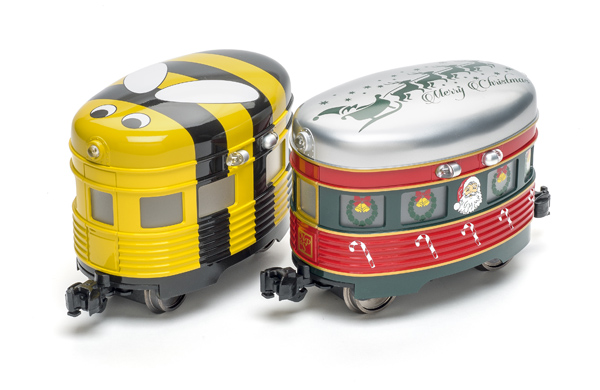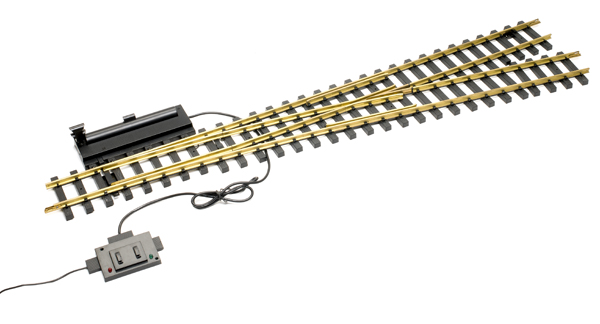For 10 years, Jack has written a regular column called “Garden railway design and construction,” in which he has shared his vast experience building his own railroad (one of the most exhilarating in the country) as well as dozens for other people. This book is the culmination of Jack’s experimentation and innovation over the last decade. He shares the techniques he’s developed for creating durable, maintainable, and easy-to-run outdoor railroads. It finally answers the recurring question, “Where do I go for help in getting started?”
This book is based on some of Jack’s articles from recent years, representing the state of the art in building railroads, Verducci style. More than just a collection of “how-to” articles, he not only looks at techniques, but also at operational considerations, aesthetics, reliability, and ease of maintenance. Most sections have tabular photos of the tools used for the job in addition to step-by-step photo sequences in many cases.
The chapters deal with site selection, landscaping (and dealing with difficult terrains), choosing a track plan, laying track, adding interest with water and terrain features and buildings, and maintenance. Clearly, no garden railroad can be built from step-by-step instructions, since every garden and every railroader is different. So, he goes at it systematically, showing general techniques and approaches, illustrating each with photos of a real garden railroad (usually one he has built).
I particularly liked the way he starts at the simplest level, but works his way up to pretty sophisticated methods. The beauty of this is that, if you are a beginner, you can’t tell that they’re “advanced”-he just makes them another arrow in the quiver. I forsee some wonderful railroads being built following this comprehensive guide.
The presentation of the book is attractive and readable. It’s printed with good color-photo reproduction and nice layout. There are numerous sidebar articles that focus on the fine points of garden-railroad building. And the sequence makes the chapters flow naturally, giving the reading a good feel for Verducci’s methods from beginning to end.
If there are any shortcomings to this book, I am hard pressed to name them. Perhaps the only omission is plantings, which is handled by other GR columnists and thus has not been the focus of the columns on which the book is based. Although Jack is an accomplished miniature gardener, this book is about building garden railroads, rather than railroad gardens, so there is little about gardening here. Perhaps that is material for another companion book by another writer.
So, now I know how to answer the recurring question, “where do I start.” This book is the best single answer I have seen.













